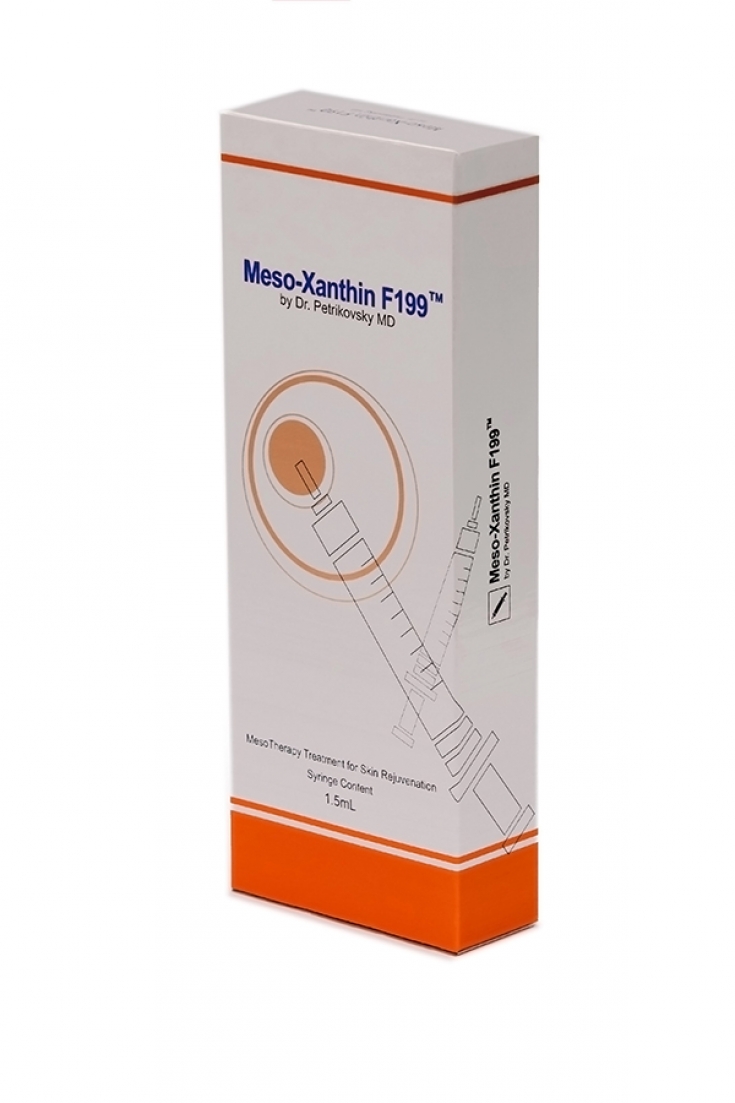Cosmetic defect of the skin, which looks like redness of the skin of the central part of the face (erythema), with emerging thin vascular branches, or "vascular spiders", inflammatory papules, often turns out to be a manifestation of a dermatological disease - rosacea. The causes of this condition are numerous, but they all lead to characteristic processes directly in the skin of the face - these are vascular disorders and a nonspecific inflammatory reaction, therefore, in addition to the main therapy for the disease at the rehabilitation stage, the use of the injectable Meso-XanthinТМ F199 is justified. (developed by the American company ABG Lab) from EMETТМ, which can suppress inflammation and affect the vascular sign, strengthening the walls of blood vessels and restoring disturbed microcirculation. Read more about the use of the drug for rosacea at estet-portal.com.
Possible Causes of Facial Rosacea
One of the versions of why rosacea develops, researchers call a protective skin peptide. A genetically determined increase in this antimicrobial peptide, leads consistently to hypervascularization, inflammation and hyperplasia of the connective tissue and sebaceous glands. Congenital susceptibility to harmful environmental factors, diseases of the gastrointestinal tract, endocrine disorders, and the role of Demodex folliculorum mite are also high.
According to new trends in the coverage of pathogenesis, the leading role is determined by the reactions of the innate immunity of the skin with an increased content of cathecilidine.
All of the above factors lead to the development of chronic inflammation, dysregulation of neurovascular connections in the skin and neoangiogenesis, damage to the architecture of the intercellular matrix. Clinically, persistent erythema is formed, against its background, telangiectasia, papules and pustules, and in severe stages, phymatous changes. Treatment of the disease requires a long time and does not always lead to stable satisfactory results, which significantly reduces the quality of life of patients. Therefore, rosacea therapy is carried out in a complex manner by both a dermatologist and a cosmetologist in order not only to influence the cause of the disease, but also to alleviate its external manifestations at the same time.
Features of the external manifestation of rosacea on the skin
The pathophysiology of rosacea is associated with an unstable state (lability) of the blood and lymphatic vessels, which periodically narrow and expand. Clinically, this is manifested by the appearance of telangiectasias, sensation of hot flashes, hyperemic spots on the skin. A cosmetologist may also encounter similar skin defects in patients whose skin has suffered from excessive insolation. Acne, demodicosis and some other skin diseases have similar symptoms. It is important that the beautician can distinguish between them and choose the right skin care tactics.
Despite the fact that facial rosacea is also called rosacea, the disease is very different from acne vulgaris and acne.
Rosacea is not characterized by comedones, abscesses, and scarring. And the course of acne is never accompanied by hot flashes and red spots, a feeling of heat on the face, the manifestation of networks of blood vessels.
Cosmetological support for the treatment of facial rosacea consists in the use of procedures that correct the tone of the small vessels of the face, eliminate inflammation and improve the quality of the skin. All these requirements are fully met by Meso-XanthinТМF199 injectable medical product from EMETTM.
Cosmetic correction of rosacea manifestations on the face
Since vascular disorders and associated inflammatory processes play a leading role in the pathogenesis of facial rosacea, the use of an injectable Meso-XanthinTM F199 would be a reasonable recommendation. The mechanism of action of this drug is to eliminate inflammation, strengthen capillaries, which allows it to be included in a comprehensive rosacea therapy program.
The use of Meso-XanthinТМ F199 in rosacea allows to enhance metabolic processes in the skin, stimulate the synthesis of structural proteins of the connective tissue, restore the hydrolipidic mantle of the skin and improve its hydration.

The use of Meso-XanthinТМ F199 allows to significantly improve the condition of the skin due to the fact that it stabilizes the fat content of the skin and reduces pores, softens the severity of dyschromia caused by inflammation, hides vascular mesh on the face, improves the texture of the skin and increases its elasticity.
Meso-XanthinТМF199 repair procedures for facial rosacea are recommended to be performed by multiple microinjections with injection into the superficial dermal layer. The course of therapy consists of 4 procedures with breaks of 7-10 days.
Combination of dermatological management of patients with facial rosacea and cosmetological support using Meso-XanthinTM F199 is characterized by high patient satisfaction, as it significantly improves skin quality and contributes to the prevention of exacerbations.







Add a comment